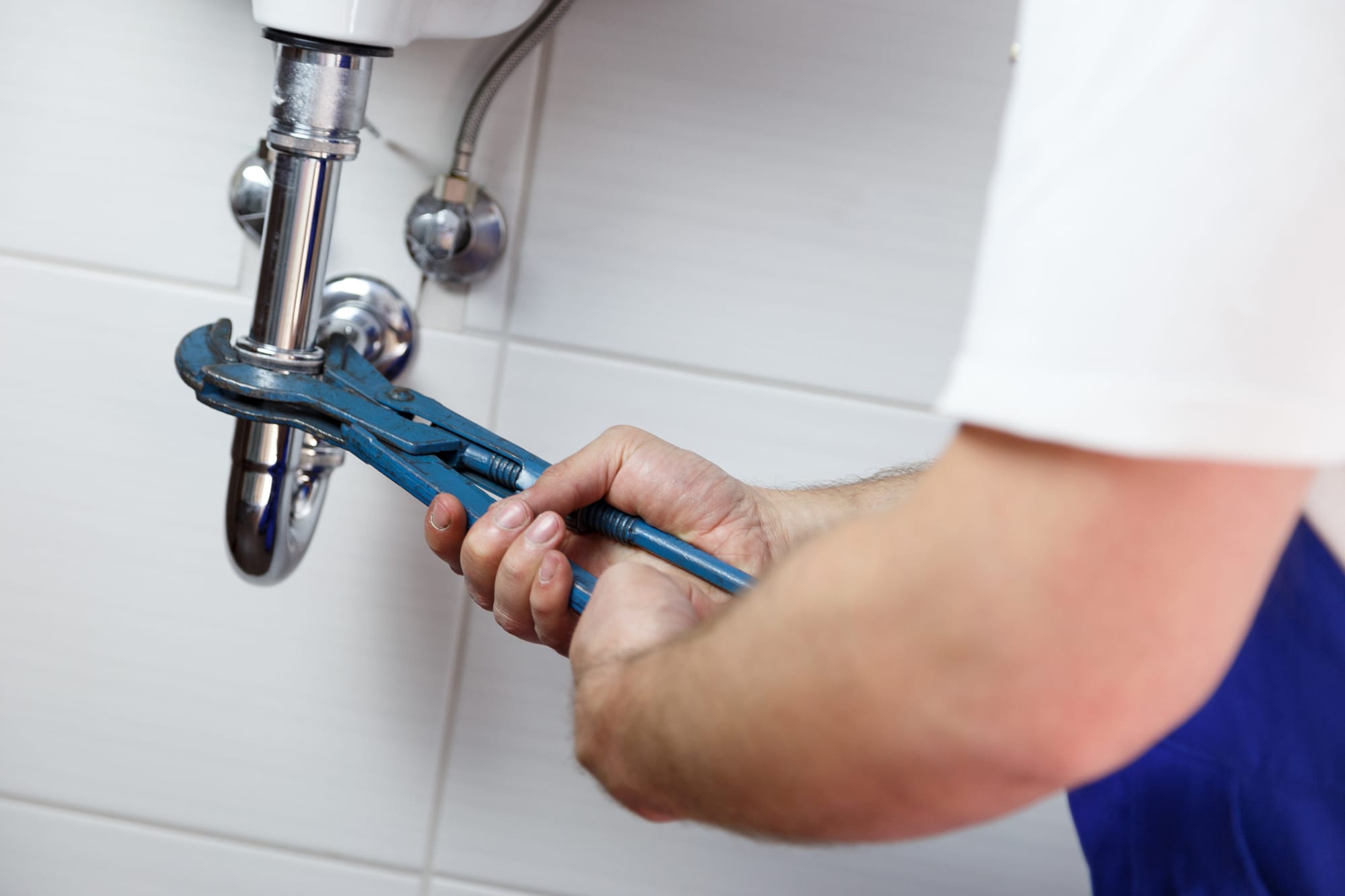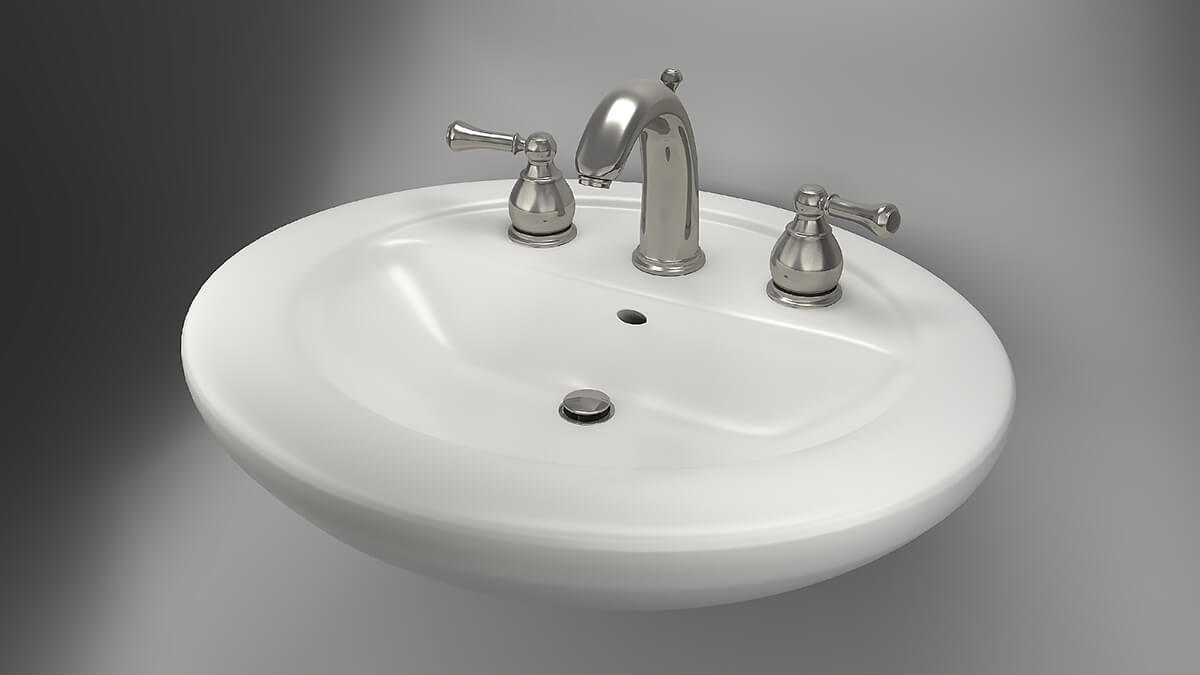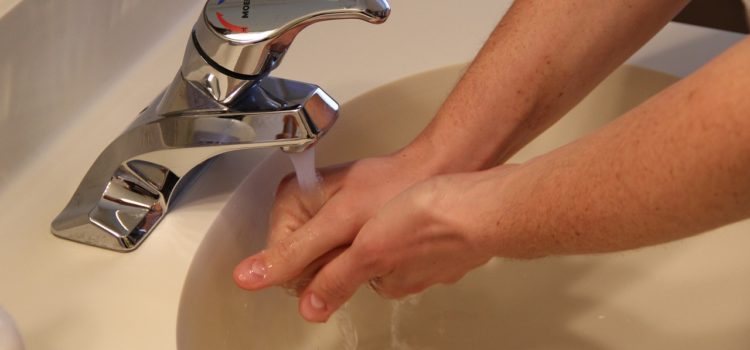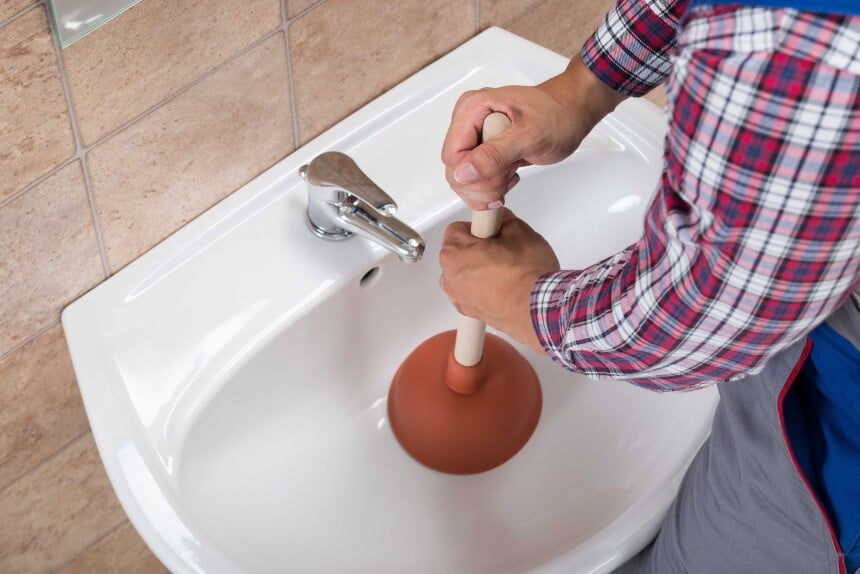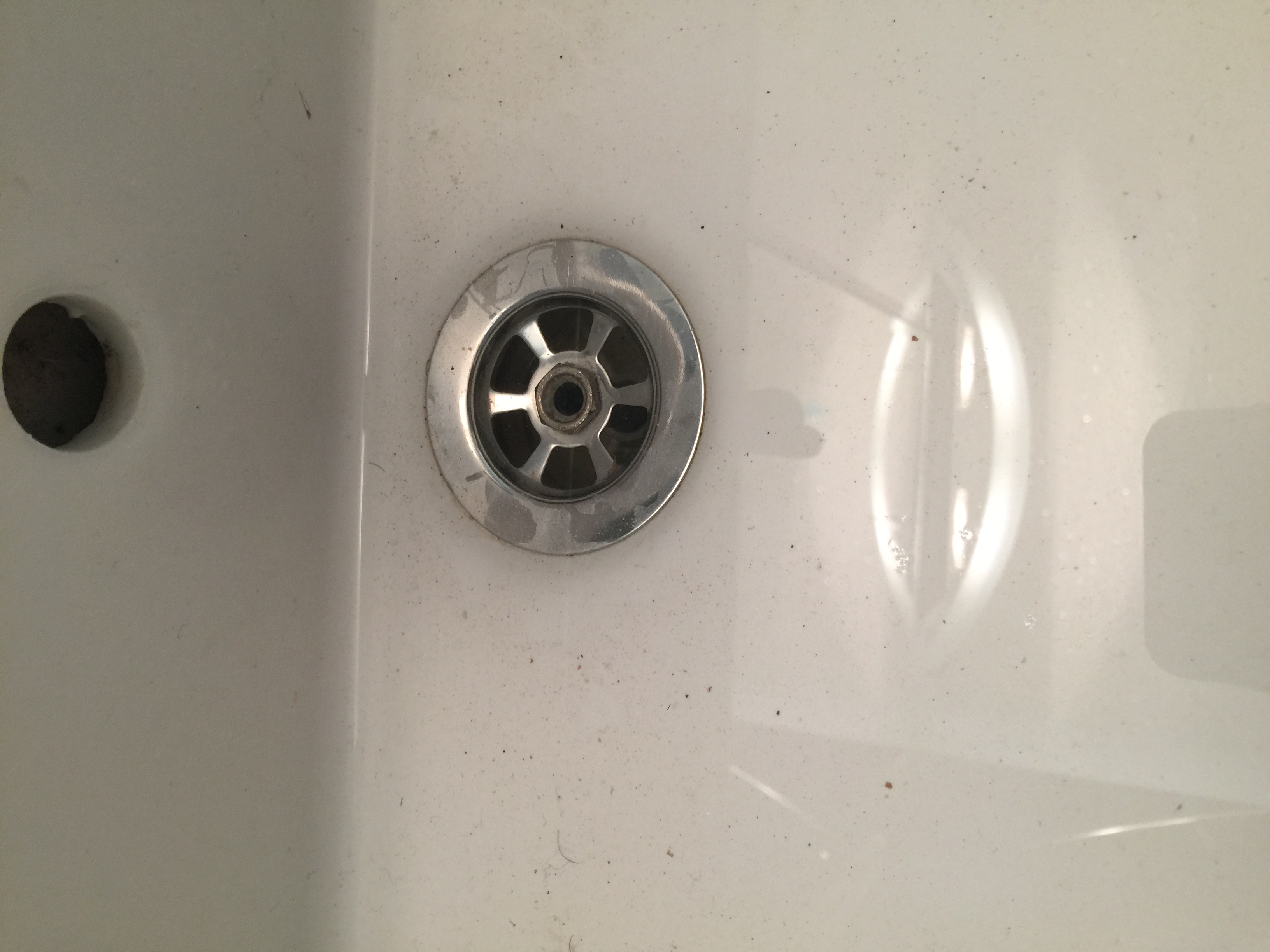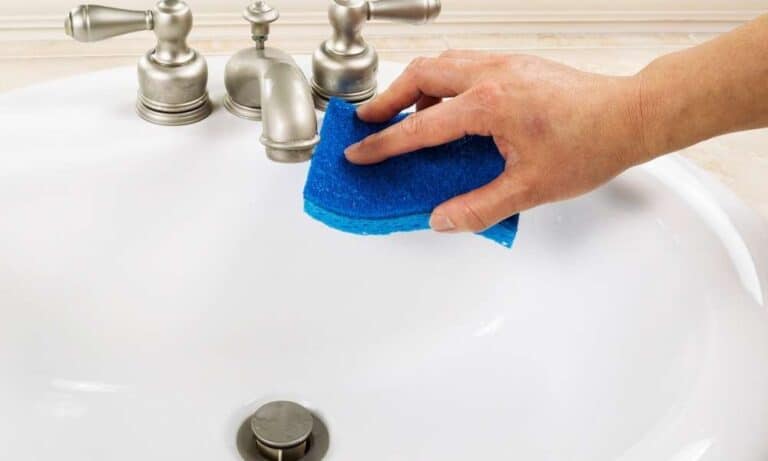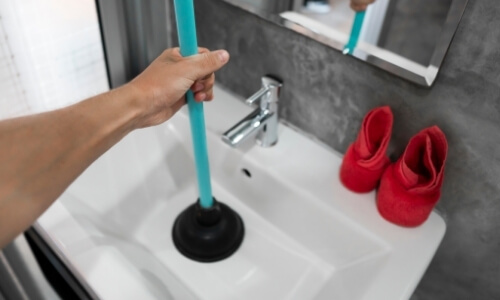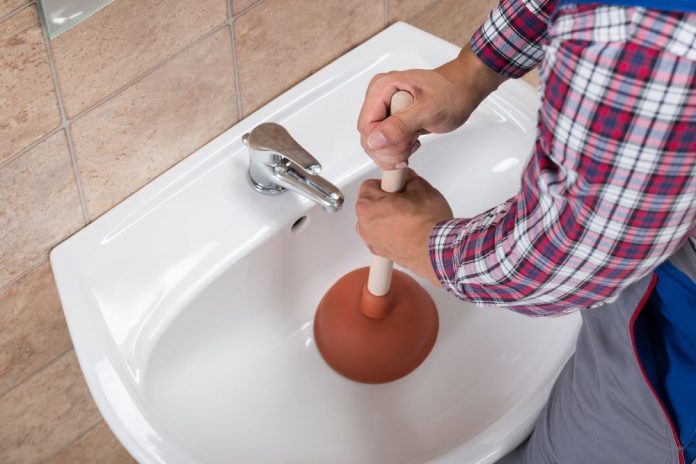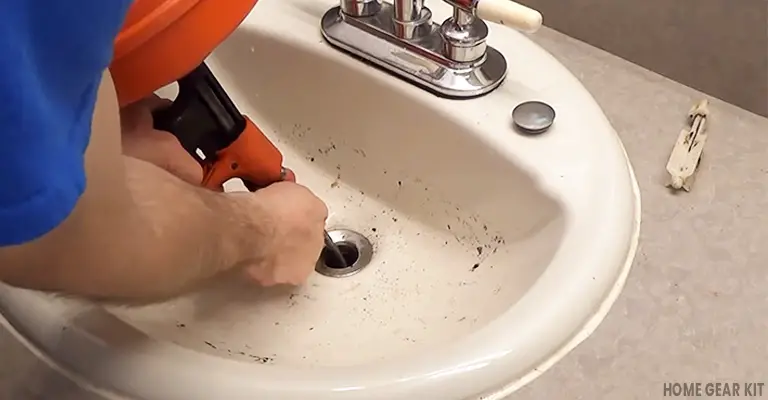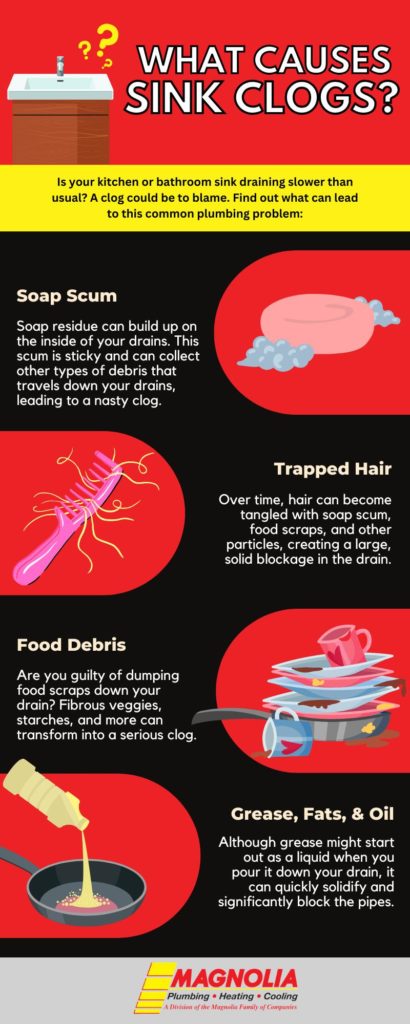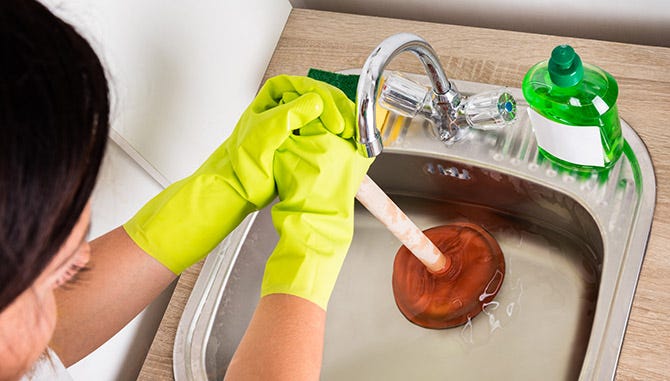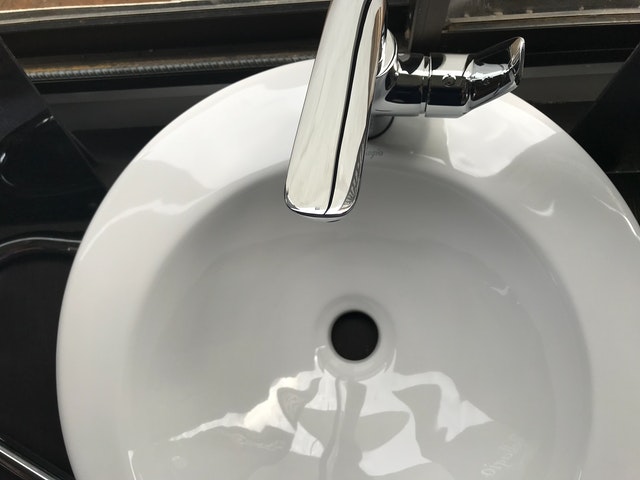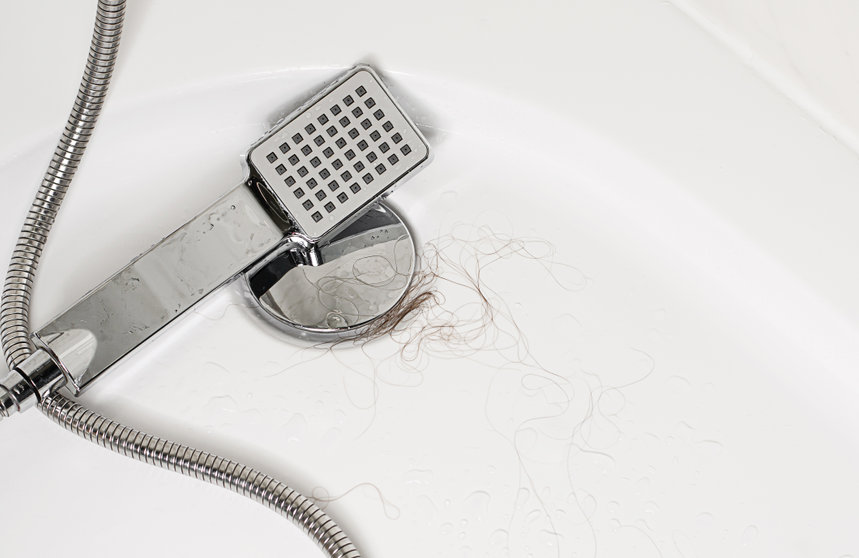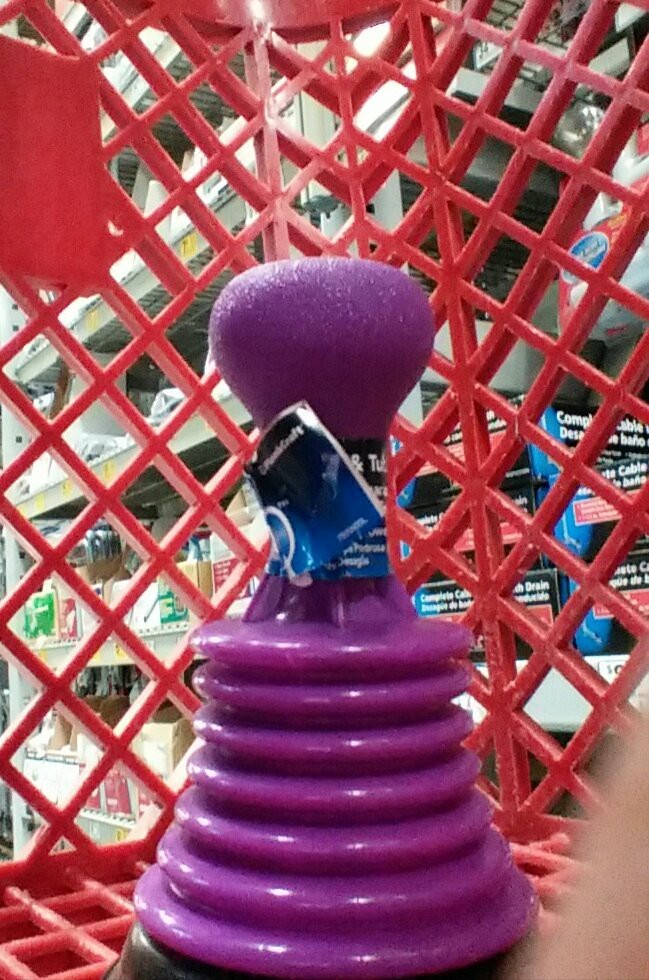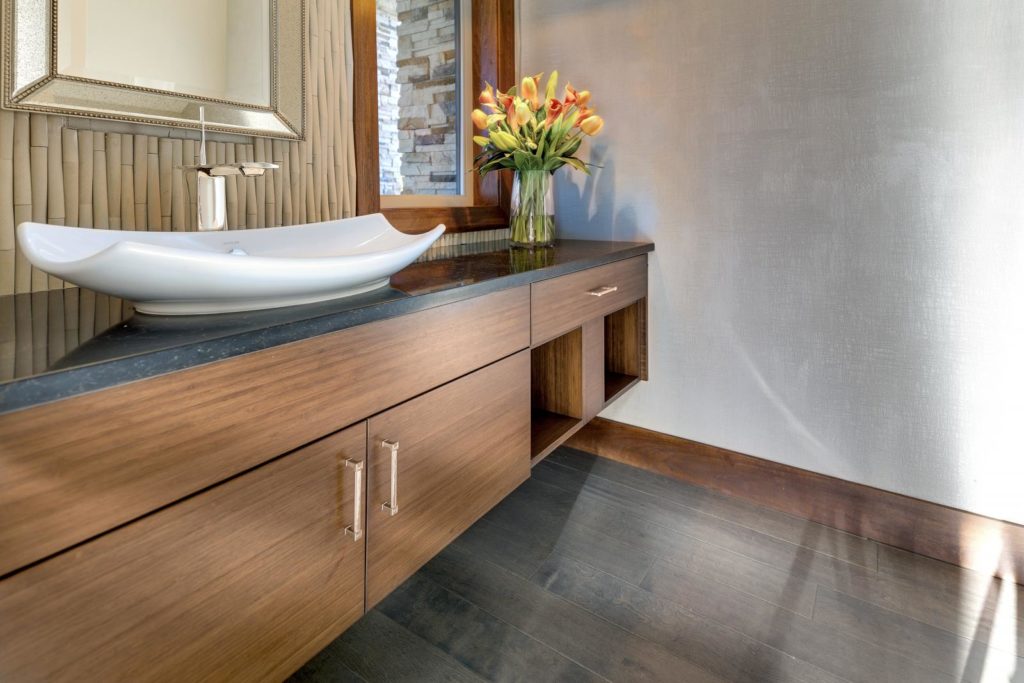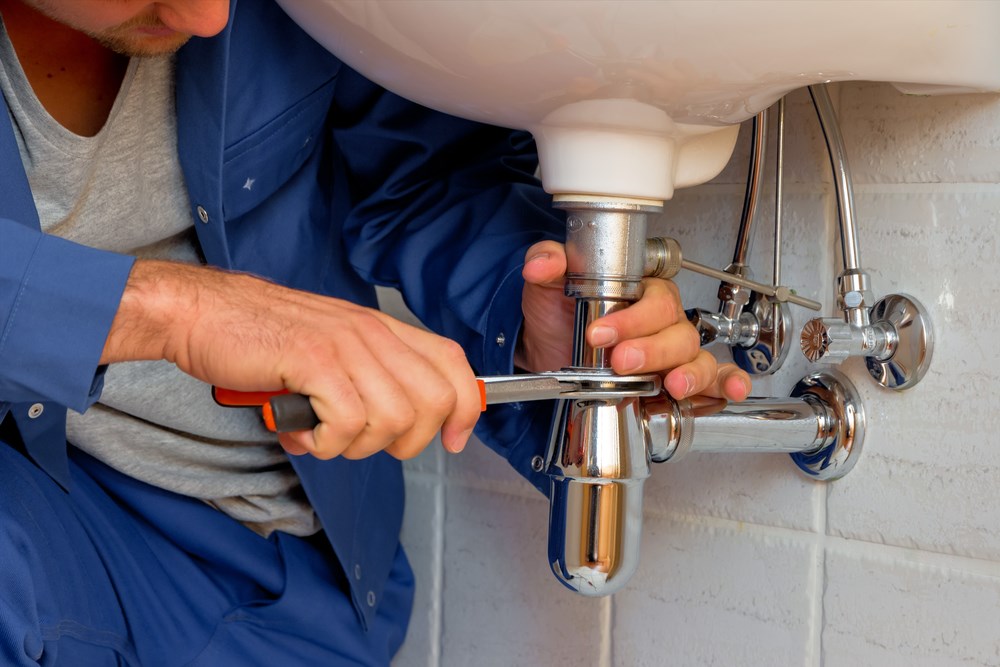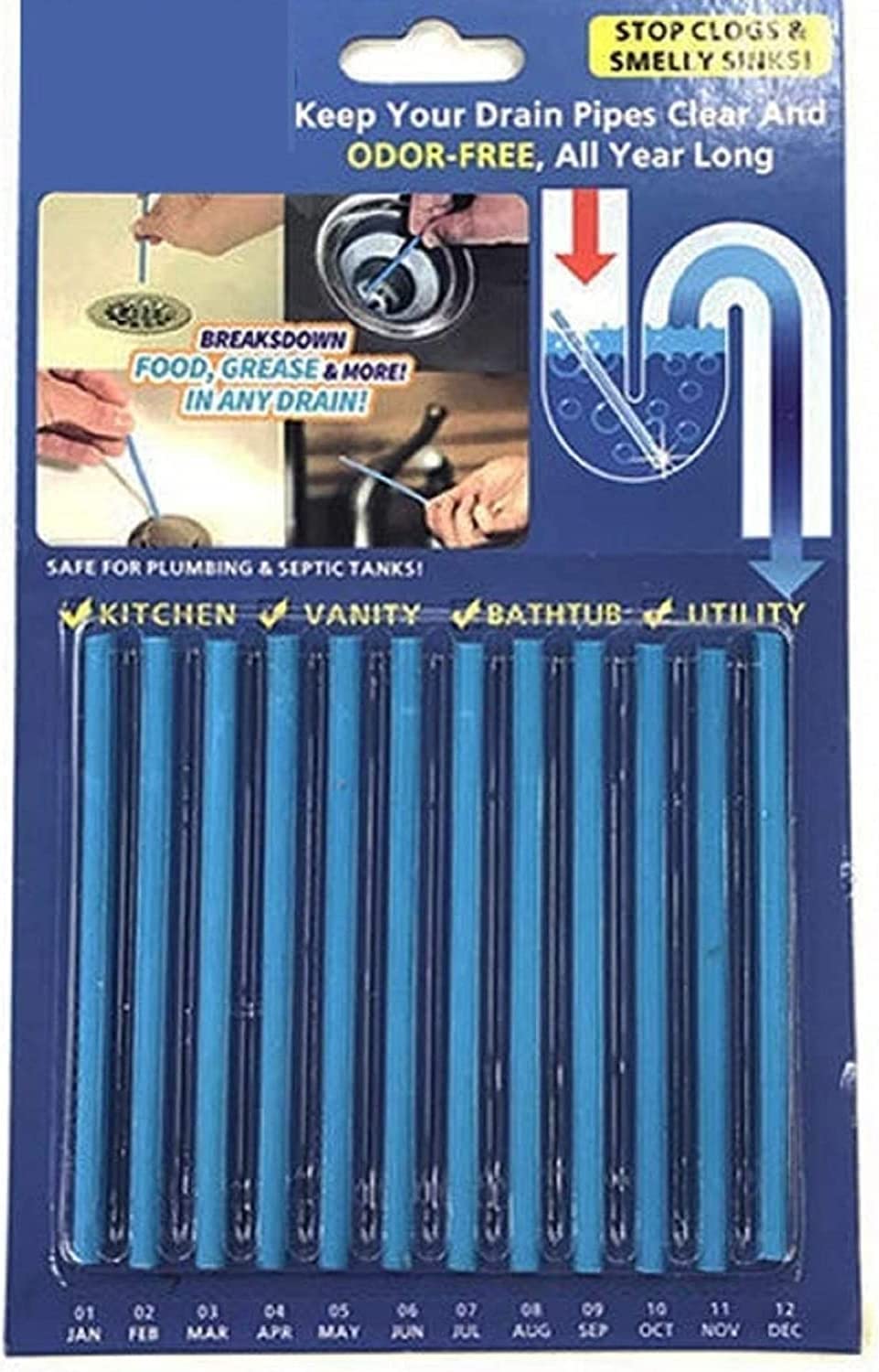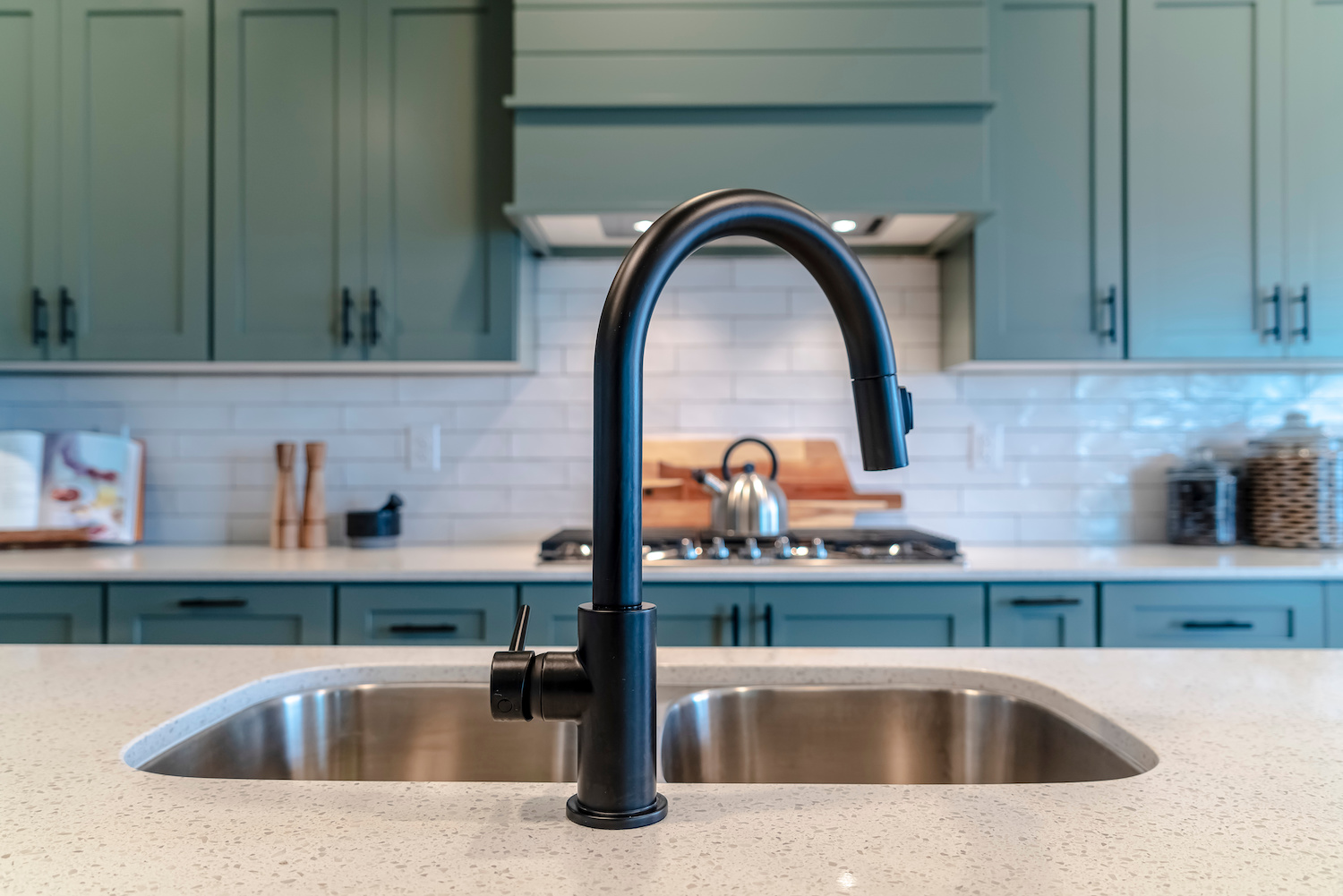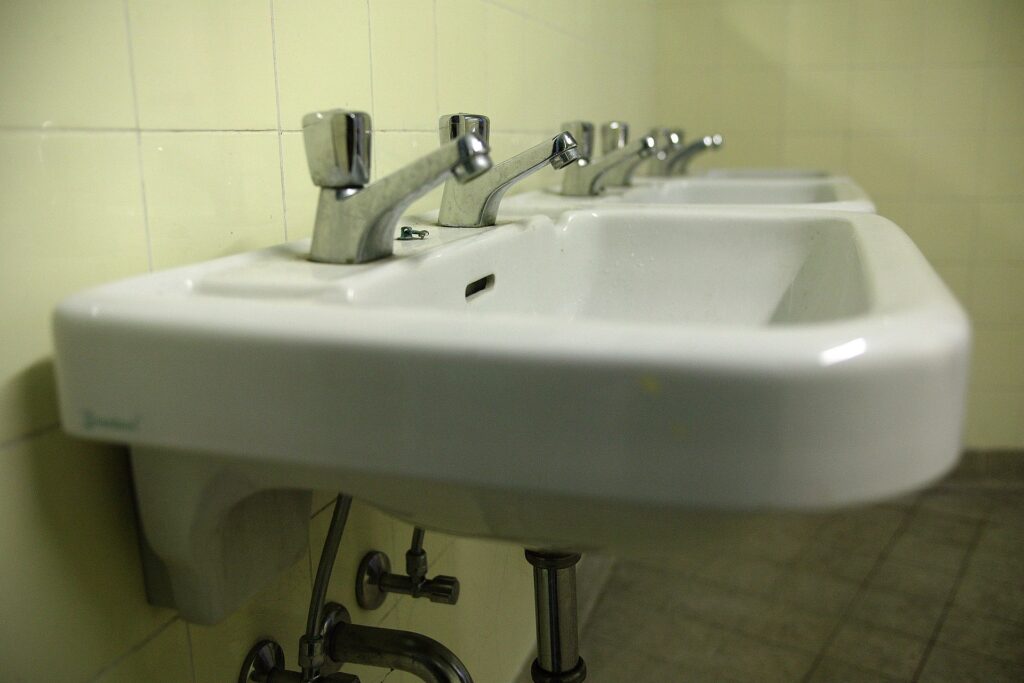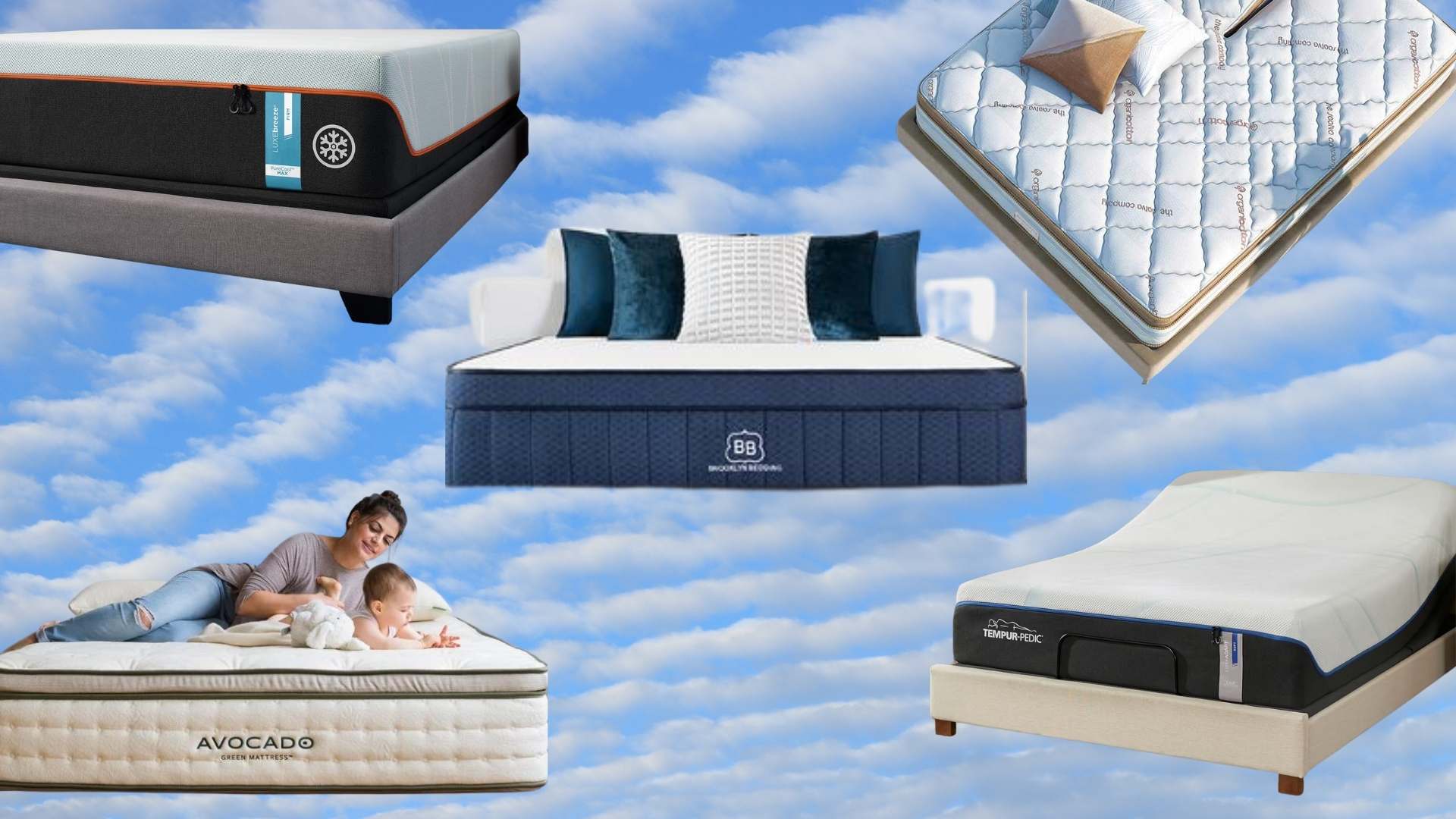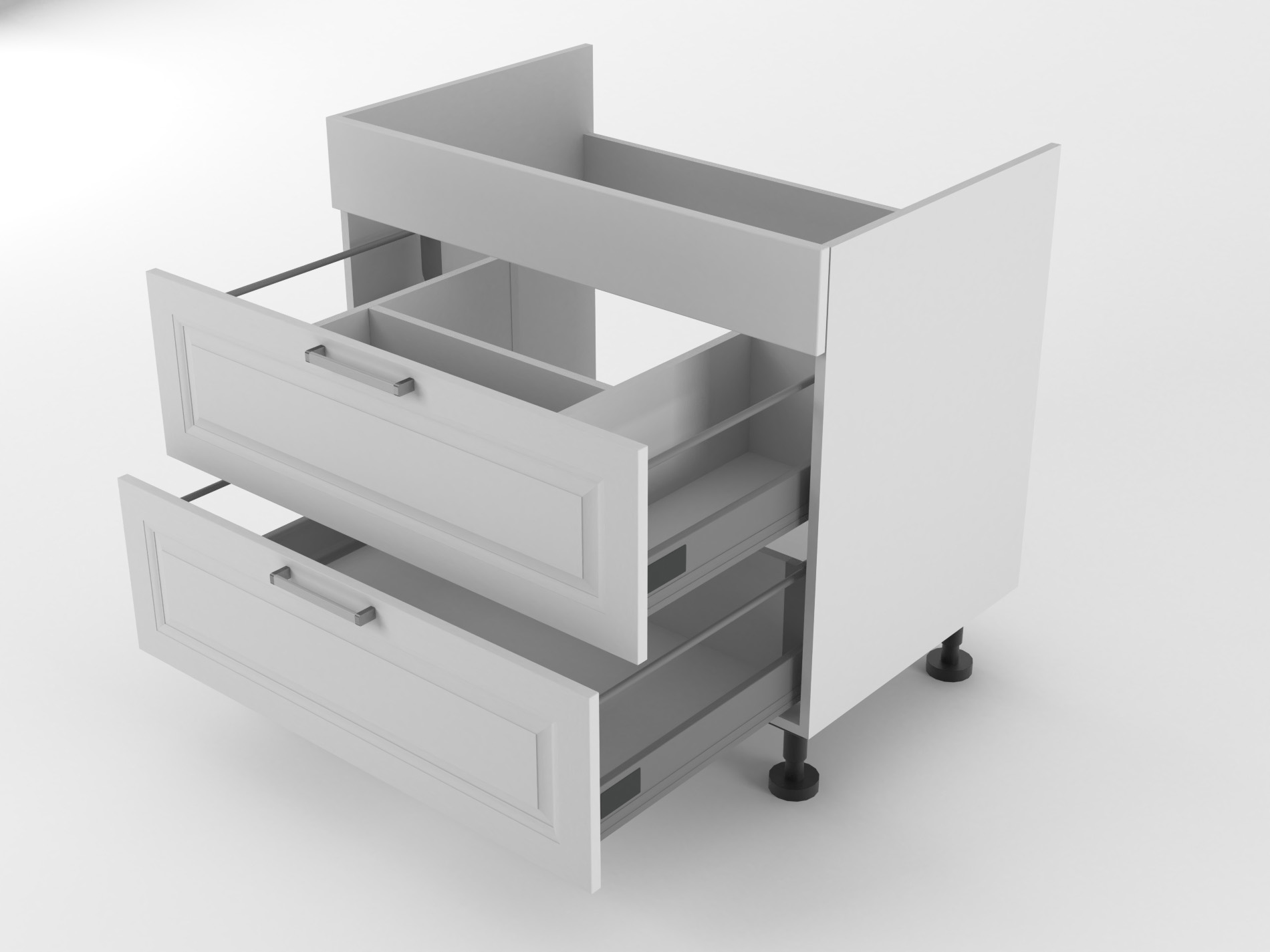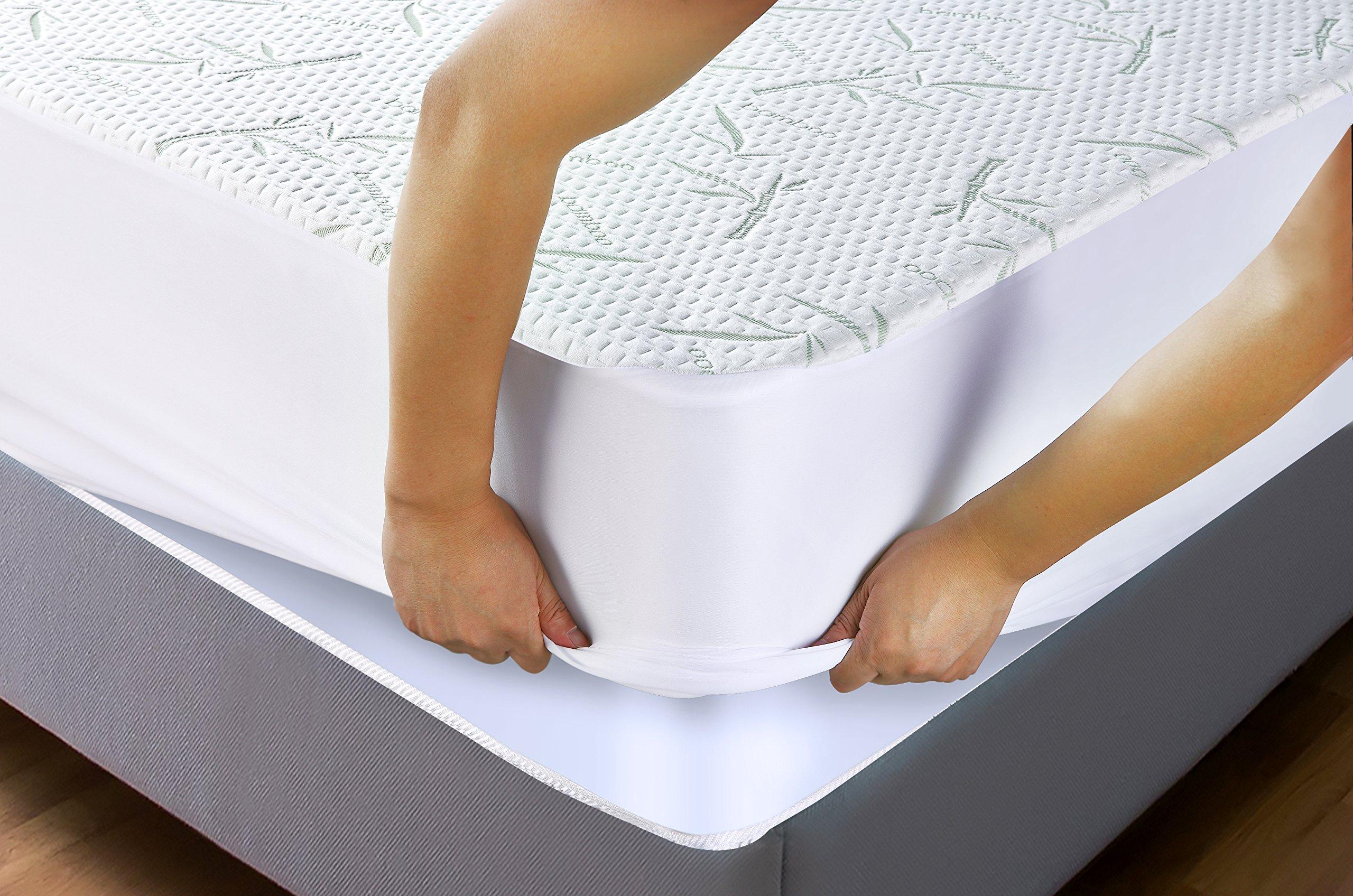Unclog Bathroom Sink Troubleshooting
A clogged bathroom sink can be a major inconvenience, but it doesn't have to be a major headache. With the right knowledge and tools, you can easily troubleshoot and fix any clogs in your bathroom sink. Here are 10 solutions to help you unclog your bathroom sink and get your drains flowing smoothly again.
How to Unclog a Bathroom Sink
If you notice that your bathroom sink is draining slowly or not draining at all, it's time to take action. The first step in unclogging a bathroom sink is to remove any visible debris or hair from the drain. You can use a pair of tweezers or a small plunger to remove any blockages near the surface.
If the clog is deeper in the drain, you can try using a plunger or a drain snake to dislodge the blockage. Make sure to wear gloves when using a plunger to prevent any contact with bacteria or chemicals.
Bathroom Sink Clog Solutions
If the plunger or drain snake doesn't work, there are other solutions you can try. For minor clogs, you can pour a mixture of hot water and baking soda down the drain, followed by vinegar. This will create a chemical reaction that can help break up the clog.
You can also try using a commercial drain cleaner, but be aware that these products contain harsh chemicals that can damage your pipes and harm the environment. It's important to follow the instructions carefully and use protective gear when handling these products.
DIY Bathroom Sink Unclogging
If you prefer to use natural and chemical-free methods, there are several DIY solutions you can try to unclog your bathroom sink. One popular method is using a combination of salt and boiling water. Simply pour a cup of salt down the drain, followed by a pot of boiling water. Let it sit for a few minutes before running hot water to flush out the clog.
Another DIY option is using a mixture of dish soap and hot water. Pour a cup of dish soap down the drain, followed by hot water. The soap will help break up any greasy clogs and keep your drain smelling fresh.
Unclogging a Bathroom Sink Drain
If the clog is still stubborn, you may need to remove the drain stopper to access the clog. Most bathroom sinks have a pop-up drain stopper, which can be unscrewed or lifted out using a pair of pliers. Once the stopper is removed, you can use a drain snake to dislodge the clog.
Bathroom Sink Drain Cleaning Tips
To prevent clogs in your bathroom sink, it's important to regularly clean the drain and stopper. You can use a mixture of baking soda and vinegar or a commercial drain cleaner to keep your drain free from buildup. Additionally, make sure to regularly remove and clean the stopper to prevent hair and debris from accumulating.
Unclog Bathroom Sink Without Chemicals
If you prefer to avoid using chemicals, there are several ways to unclog your bathroom sink without harsh products. One method is using a wet/dry vacuum to suck out the clog. Simply place the vacuum hose over the drain, creating a seal, and turn it on to suction out the blockage.
You can also try using a plunger or a drain snake to remove the clog manually. These methods may take a bit more effort, but they are effective and chemical-free.
Common Causes of Bathroom Sink Clogs
Understanding what causes clogs in your bathroom sink can help you prevent them in the future. Some common causes include hair, soap scum, toothpaste, and other toiletries that can build up and create a blockage. Additionally, foreign objects such as jewelry or small toys can accidentally fall into the drain and cause a clog.
Tools for Unclogging a Bathroom Sink
Having the right tools on hand can make unclogging your bathroom sink much easier. A plunger, a drain snake, and a pair of pliers are essential tools for any unclogging task. You may also want to consider investing in a wet/dry vacuum for tougher clogs.
Preventing Bathroom Sink Clogs
The best way to deal with a clogged bathroom sink is to prevent it from happening in the first place. Regularly cleaning your drain and stopper, using a hair catcher, and being mindful of what you put down the drain can all help prevent clogs. Remember to also avoid using harsh chemicals that can damage your pipes and the environment.
With these 10 solutions and tips, you can easily troubleshoot and fix any clogs in your bathroom sink. However, if the clog persists or you're unsure of how to handle it, it's best to call a professional plumber to avoid causing further damage to your pipes.
How to Fix a Clogged Bathroom Sink: Troubleshooting Tips

Proper maintenance of your bathroom sink is essential in keeping your house design in top shape. However, even with regular cleaning, a clogged sink can still happen. Not only is it annoying, but it can also lead to bigger plumbing problems if not addressed immediately. But don't fret, as troubleshooting a clogged bathroom sink is easier than you think.
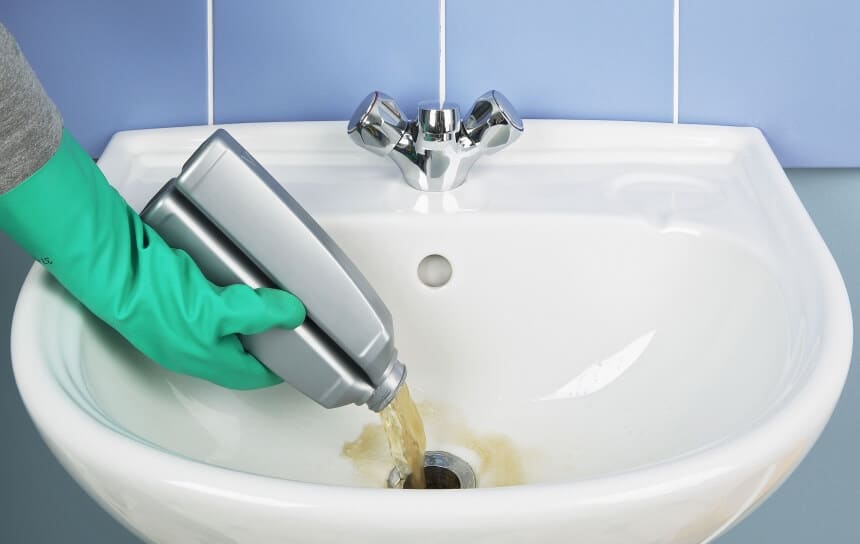
1. Check the Pop-Up Stopper
If you notice that your sink is draining slowly, the culprit could be a clogged pop-up stopper. This is a small mechanism located at the bottom of your sink that controls the drainage. It is often the main cause of bathroom sink clogs, as hair, soap scum, and other debris can get trapped in it over time. Using a pair of pliers, carefully remove the pop-up stopper and clean it thoroughly. Make sure to remove any hair or gunk that may have accumulated on it. Once cleaned, reattach the stopper and check if the water is draining properly.
2. Try a Plunger
If the pop-up stopper is not the issue, then a plunger may be your best bet. This tool works by creating suction, which helps loosen the clog and allows water to flow freely. Before plunging, make sure to cover the overflow holes of the sink with duct tape or a wet rag to ensure proper suction. Then, place the plunger over the drain and push down and pull up repeatedly. Repeat this motion several times until the water starts to drain. If it doesn't work, move on to the next step.
3. Use a Drain Snake
If plunging doesn't do the trick, then it's time to call in the big guns – a drain snake. This tool is designed to reach deep into pipes and dislodge any stubborn clogs. Insert the drain snake into the drain and turn it clockwise until you feel resistance. This means that the snake has reached the clog. Continue turning and pushing until the clog is broken up. Once done, run hot water down the drain to flush out any remaining debris.
4. Prevent Future Clogs
Prevention is always better than cure, so it's important to take steps to avoid future clogs. Install a hair catcher or drain cover in your sink to catch any hair or debris before it goes down the drain. Regularly clean your sink and pop-up stopper to prevent build-up. Also, avoid pouring grease or oil down the drain, as it can solidify and cause clogs.
With these troubleshooting tips, you can easily fix a clogged bathroom sink and keep your house design in tip-top shape. However, if the clog persists or you're not comfortable with DIY solutions, it's best to call a professional plumber to ensure the issue is properly addressed. Remember, proper maintenance is key in keeping your bathroom sink functioning properly and maintaining the overall aesthetic of your house design.





